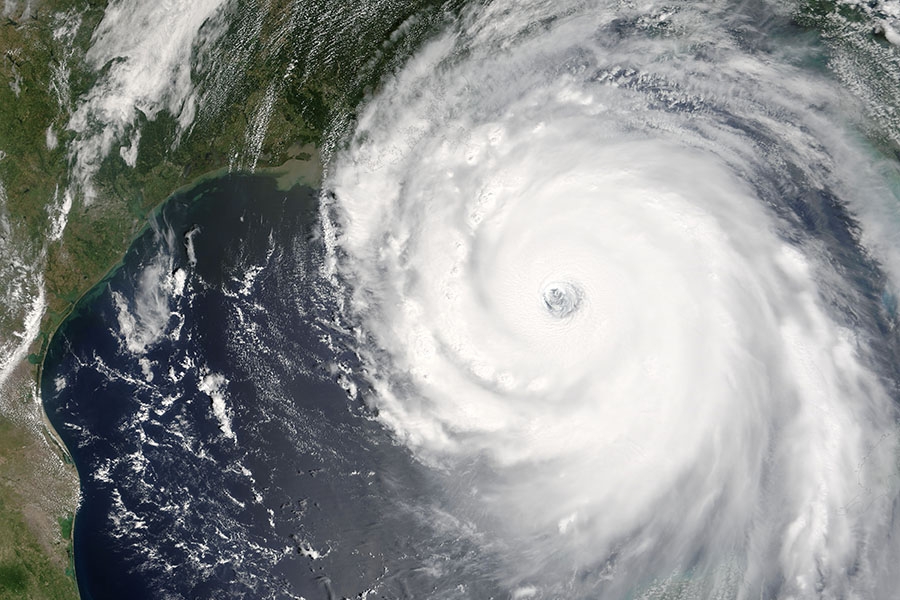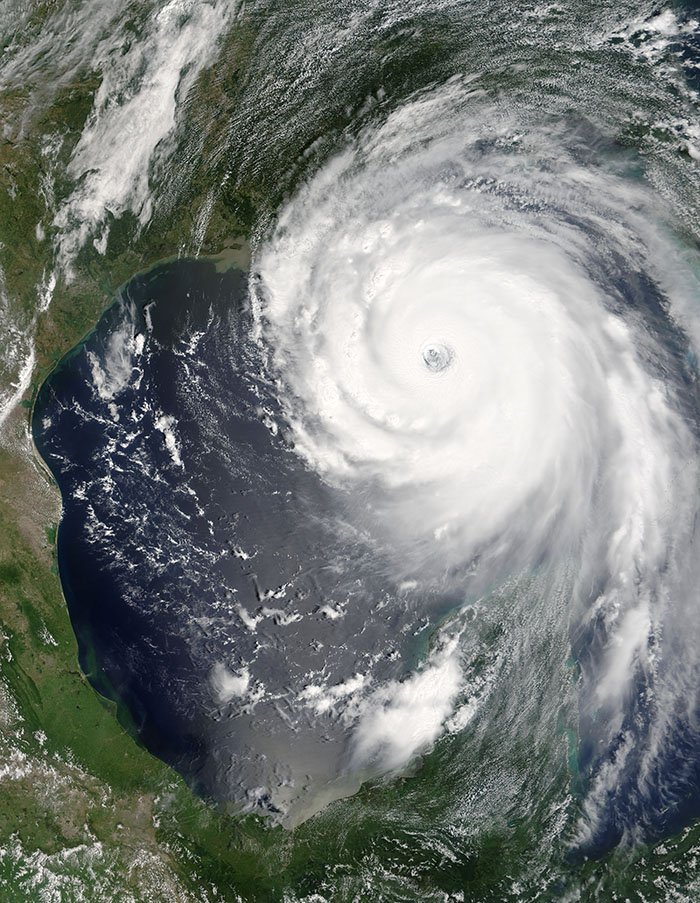
 Hurricane Katrina as seen at 1 p.m. August 28, 2005, by the Moderate Resolution Imaging Spectroradiometer (MODIS) on NASA’s Terra satellite. The storm would make landfall less than 24 hours later along the Gulf Coast. (Image: Jeff Schmaltz, MODIS Rapid Response Team, NASA/Goddard Space Flight Center.) |
|
By Laura Diamond, Georgia Tech News Center
As the nation marks the 10-year anniversary of Hurricane Katrina, we reflect on the catastrophic impact the storm had on New Orleans and the entire Gulf Coast region.
Katrina remains one of the deadliest and costliest hurricanes in U.S. history, with more than 1,800 lives lost and damages estimated at over $100 billion. When the levees failed, about 80 percent of New Orleans flooded. More than 1 million people across the Gulf Coast were forced to leave their homes — many never returned.
In the years since, the region has served as a laboratory for researchers from the School of Civil and Environmental Engineering and across Georgia Tech who have traveled to New Orleans and other locations to study the effects of the disaster. Their work has helped determine what went wrong; how best to rebuild the region; and how to help the nation prepare for future calamities.
Read more in Georgia Tech Research Horizons.
